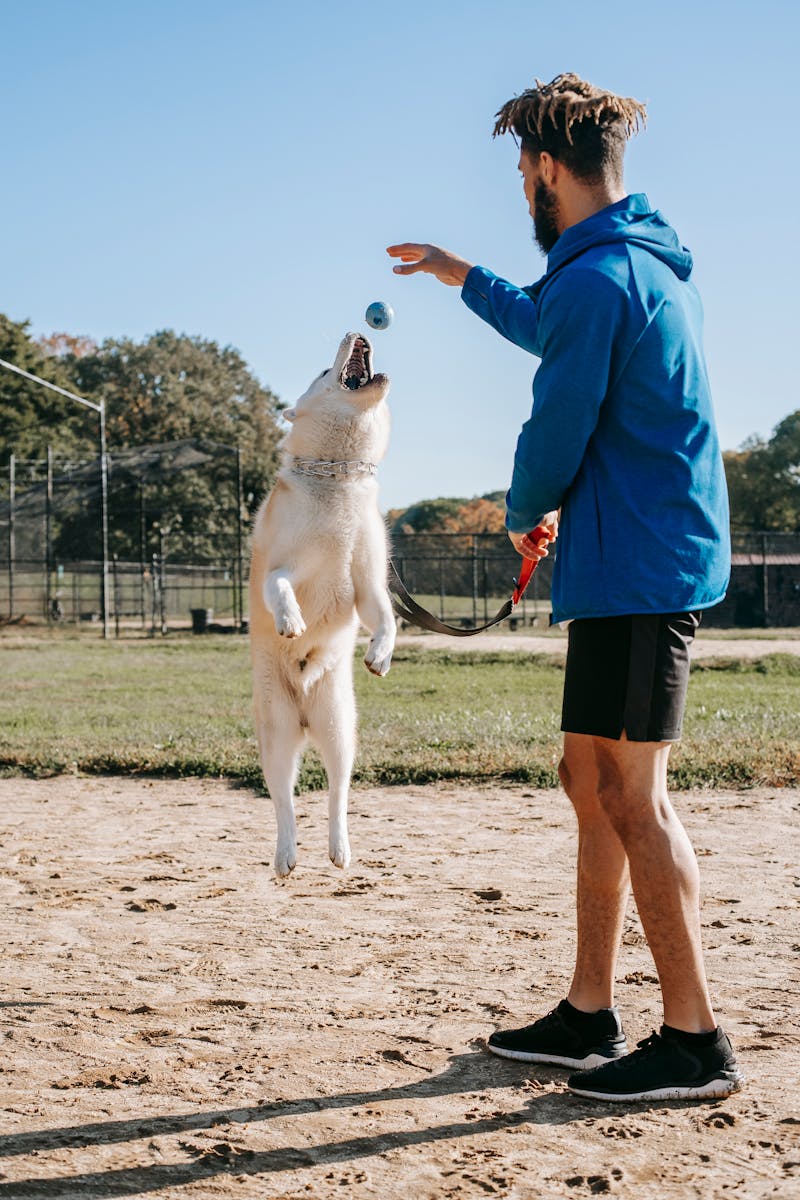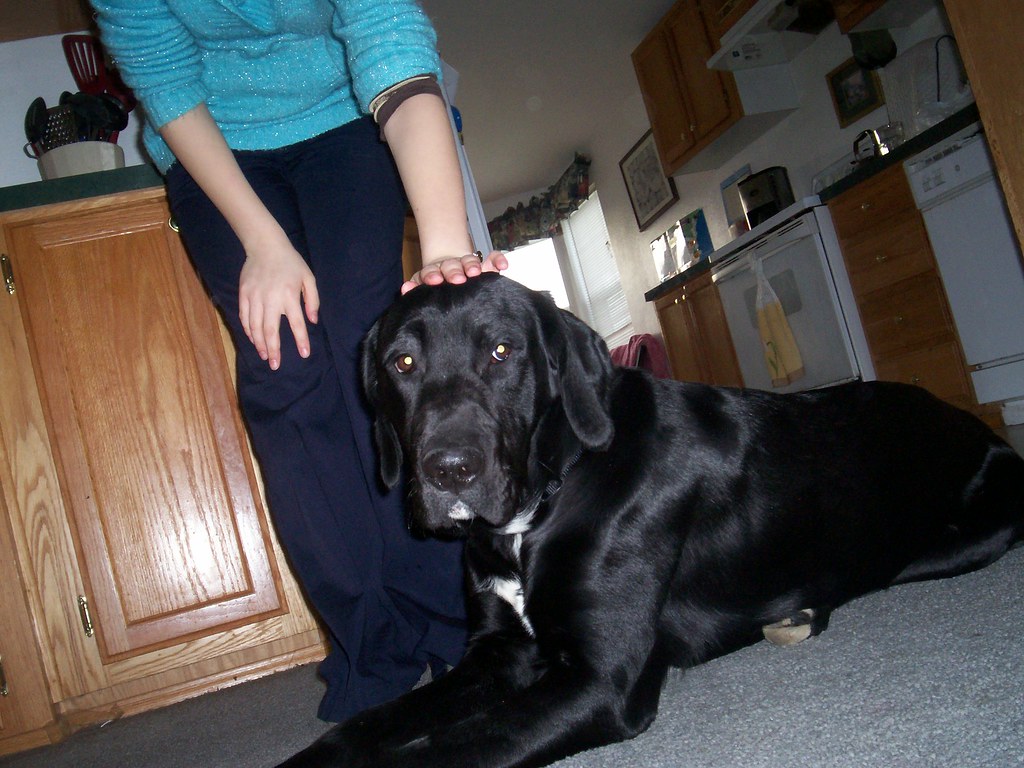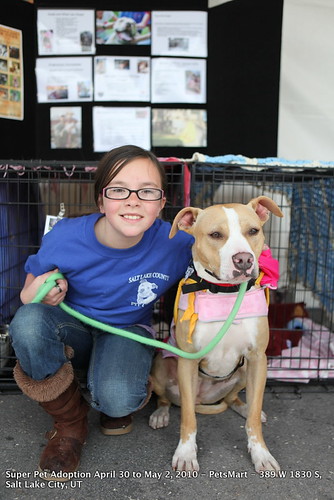Building Duration Behaviors: The Key to Lasting Obedience in Your Dog
Master Building Duration Behaviors for Lasting Obedience in Your Dog: Unlock Effective Obedience Training Techniques for Long-Term Success and Consistency in Your Pet’s Behavior with Fetch Quest
Building Duration Behaviors: The Key to Lasting Obedience in Your Dog
When it comes to canine companions, the ultimate goal of any dog owner is to have a well-behaved pet that listens consistently. Building duration behaviors is a foundational aspect of effective obedience training that not only ensures your dog obeys commands but also deepens the bond between you and your furry friend. Understanding how to implement training duration effectively can transform your dog’s behavior for the better.
What Are Duration Behaviors?
Duration behaviors refer to the ability of your dog to maintain a specific behavior for an extended period. Instead of just performing a command momentarily, such as sitting or staying, duration training encourages your dog to sustain that behavior over time. This concept is essential in obedience training, as it fosters a sense of discipline and reliability in your dog. Here are some key components of duration behaviors:
- Consistency in training sessions
- Positive reinforcement to reward good behavior
- Gradual increase in duration as your dog masters each command
The Role of Positive Reinforcement
Positive reinforcement is a cornerstone of effective training methods. When your dog successfully holds a command for an extended period, rewarding them with treats, praise, or playtime encourages them to repeat that behavior. It’s important to recognize that not all dogs respond the same way; understanding your dog’s motivations is crucial for successful obedience training. Tailoring rewards to your dog’s preferences can significantly enhance their training experience.
Techniques to Build Duration Behaviors
Building duration behaviors involves specific techniques that contribute to lasting obedience. Here are some effective dog training techniques you can implement:
- Start Small: Begin with short durations for commands and gradually increase the time as your dog becomes more comfortable.
- Use a Cue: Incorporate verbal or visual cues to signal when your dog should hold a command.
- Practice Regularly: Consistent practice is key to solidifying obedience skills. Short, frequent sessions are often more effective than long, infrequent ones.
Understanding Your Dog’s Behavior
Another essential aspect of obedience training is understanding dog behavior. Dogs communicate through body language and vocalizations, and being attuned to these signals can significantly improve your training sessions. Pay attention to your dog’s reactions during training, as this insight will help you adjust your approach for better results. The dog-handler relationship thrives on mutual understanding and respect, which is built through effective communication.
Achieving Lasting Results
To achieve lasting results in obedience training, it is crucial to maintain a patient and encouraging environment. Dogs thrive on positive experiences, and a supportive atmosphere can lead to remarkable behavioral changes. Additionally, remember that every dog learns at their own pace; patience and persistence will pay off in the long run. Consistent practice combined with a deep understanding of your dog’s unique personality will yield the best outcomes.
Conclusion
Building duration behaviors is indeed the key to achieving lasting obedience in your dog. By utilizing effective training methods, incorporating positive reinforcement, and fostering a strong dog-handler relationship, you can create a well-behaved companion who listens consistently. The journey may take time, but the rewards of a harmonious bond with your dog make every effort worthwhile. Explore the myriad of training techniques available to unlock your dog’s full potential today!
Keywords: obedience training, building duration behaviors, lasting obedience, dog training techniques, positive reinforcement, behavior modification, canine obedience, training duration, understanding dog behavior, effective training methods, consistent practice, obedience skills, dog handler relationship, training motivation, achieving lasting results
news via inbox
Nulla turp dis cursus. Integer liberos euismod pretium faucibua





